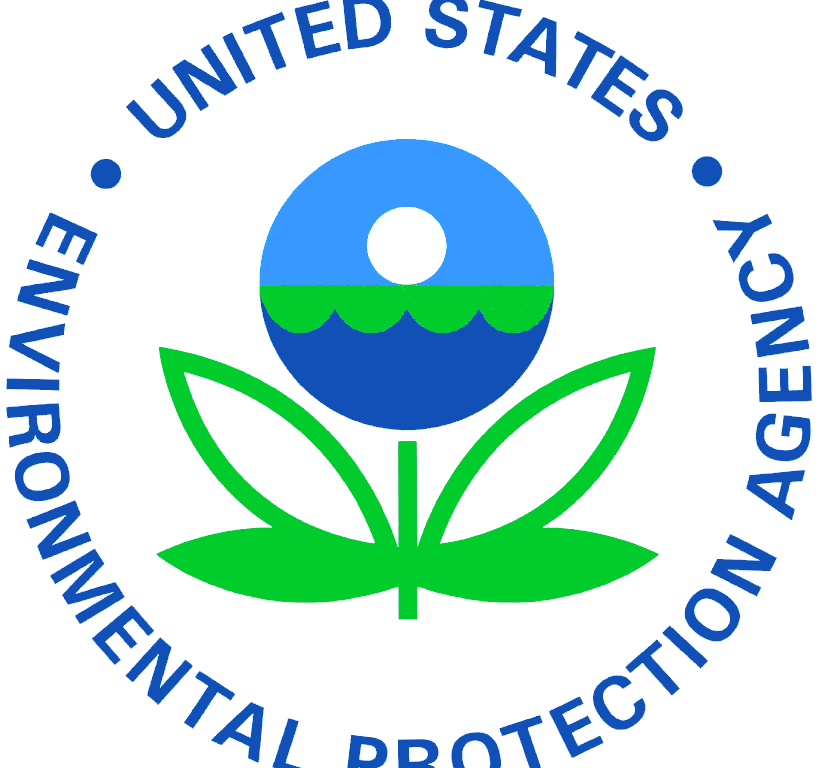The Supreme Court on June 18 ruled that refineries suing over renewable fuel standards must sue in Washington, but lawsuits over state air pollution plans must be heard in regional courts of appeals.
The court issued rulings in two separate cases involving the Environmental Protection Agency (EPA). Justice Clarence Thomas wrote the majority opinion in both cases.
The federal Clean Air Act steers challenges to “nationally applicable regulations,” along with actions that have “nationwide scope or effect,” to the U.S. Court of Appeals for the District of Columbia Circuit.
The statute also directs challenges to EPA actions that are “locally or regionally applicable” to regional federal courts of appeals.
The ruling in EPA v. Calumet Shreveport Refining LLC was 7–2. Justice Neil Gorsuch and Chief Justice John Roberts dissented.
The ruling in Oklahoma v. EPA was 8–0. Justice Samuel Alito did not participate in the case.
EPA v. Calumet Shreveport Refining was about which federal court of appeals is the proper forum for small oil refineries’ appeals against the EPA’s denial of an exemption from the Clean Air Act’s renewable fuel standard program. The program imposes a federal mandate that the gasoline that refineries produce must contain a specified percentage of ethanol.
The company favored having the U.S. Court of Appeals for the Fifth Circuit hear the case. The EPA argued that the case should be heard by the D.C. Circuit, but the Fifth Circuit found in November 2023 that it was the proper forum for the appeal.
Thomas wrote that local cases must be heard in Washington “only if a justification of nationwide breadth is the primary explanation for and driver of EPA’s action.”
The Fifth Circuit erred “in denying EPA’s request to transfer” the case to the D.C. Circuit, he added.
The Supreme Court held that the lawsuit needs to be heard by the D.C. Circuit Court because the subject matter is of “nationwide scope or effect.”
The justices vacated the judgment of the Fifth Circuit and sent the case back to that court “for further proceedings consistent with this opinion.”
In his dissenting opinion, joined by Roberts, Gorsuch likened the rules that govern where lawsuits are heard to traffic laws.
“They simply tell litigants where to go, and they should be easy to follow. As I read it, the Clean Air Act provides a clear rule for cases like this one,” he wrote.
The rule here directs the parties to the appropriate regional circuit court, Gorsuch added.
In Oklahoma v. EPA, Oklahoma was challenging the EPA’s “good neighbor” ozone regulation on states whose industries are said to be contributing to smog.
Oklahoma stated in its petition that the Clean Air Act requires each state to adopt an implementation plan to comply with national standards, which the EPA then reviews. In 2023, the EPA rejected 23 states’ plans for meeting national ozone standards and created its own plan.
In February 2024, the U.S. Court of Appeals for the 10th Circuit agreed with the EPA, finding that the case should be heard by the D.C. Circuit.
In June 2024, the Supreme Court voted 5–4 to put the rule on hold temporarily.
The Supreme Court held at that time that the emissions-reduction standards established by a federal plan would probably cause irreversible harm to several of the affected states unless the plan was stayed until it could be reviewed by the lower courts.
The nation’s highest court stayed the plan, pending review by the D.C. Circuit.
Led by Ohio, the states said the regulation was costly and could lead to blackouts, while the EPA said the rule was urgently needed to fight air pollution.
The coalition of states also argued that the EPA’s plan is an illegal overreach that undermines the principles of the Clean Air Act, which allows states leeway to propose their air pollution control measures.
The Supreme Court stated in its new ruling that the lawsuit should be heard in a regional court of appeals because it concerns “locally or regionally applicable actions.”
Thomas wrote that the Tenth Circuit erred in finding that the states’ challenges should be heard in the D.C. Circuit.
The EPA’s disapproval of the state plans constituted “locally or regionally applicable actions,” in which the “nationwide scope or effect” exception is not applicable, so the case can only move forward in a regional circuit court, he wrote.
The Supreme Court reversed the judgment of the Tenth Circuit and sent the case back to that court “for further proceedings consistent with this opinion.”
This article by Matthew Vadum appeared June 18, 2025, in The Epoch Times.


